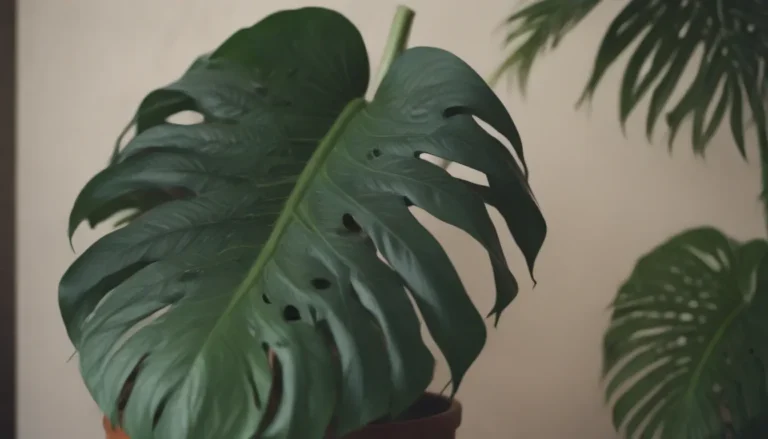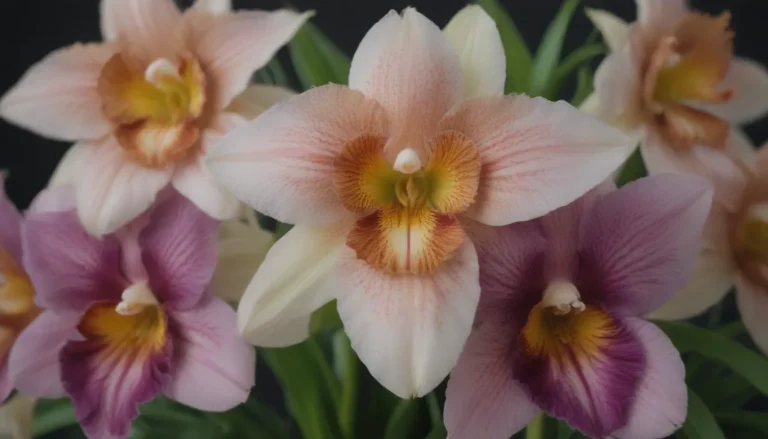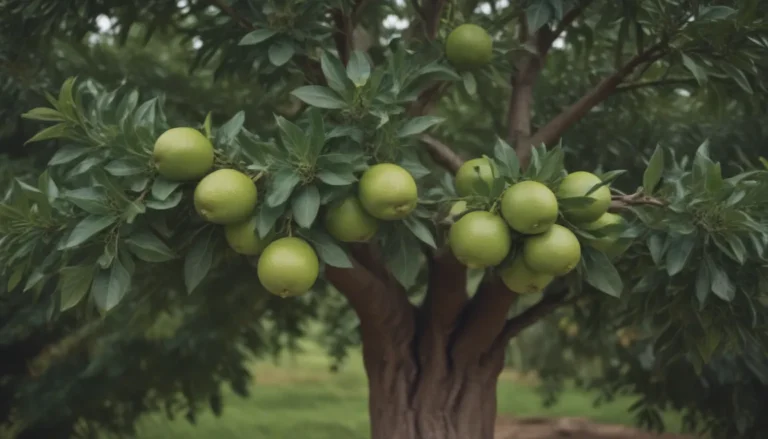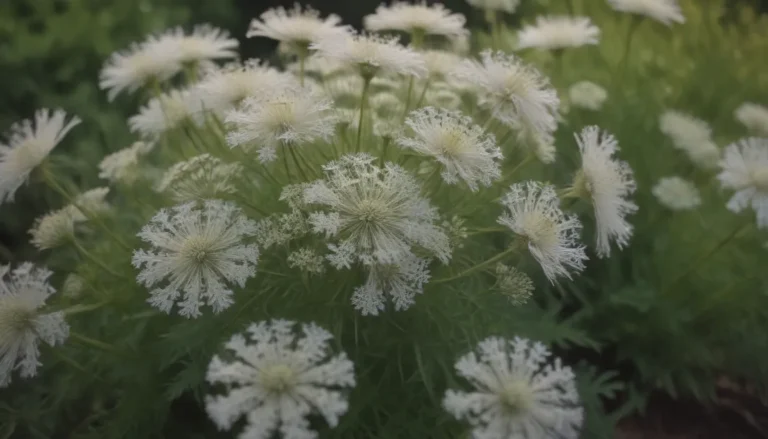The Complete Guide to Growing and Caring for Hydrangeas in Pots

Are you limited on space but still dream of having beautiful hydrangeas in your garden? Look no further! You can easily grow and care for these stunning shrubs in containers, whether you have a small balcony or a spacious porch. In this comprehensive guide, we will show you everything you need to know to successfully cultivate hydrangeas in pots.
Selecting the Perfect Hydrangea Variety
Choosing the right hydrangea variety is crucial when growing these plants in containers. Opt for a small, compact variety that will thrive in a confined space. Here are some popular hydrangeas that are suitable for long-term container growing:
- Invincibelle Wee White smooth hydrangea
- Invincibelle Ruby smooth hydrangea
- Wee Bit Grumpy bigleaf hydrangea
- Let’s Dance Can Do! reblooming hydrangea
- Paraplu bigleaf hydrangea
Light Requirements
Hydrangeas are sun lovers, but not all types have the same sun tolerance. Ensure your potted hydrangea receives at least four to six hours of sunlight per day. Morning sun is preferable to avoid scorching in warm climates. Proper placement of your container is essential to provide the right amount of light for your hydrangea to thrive.
Soil and Watering
When it comes to planting a hydrangea in a pot, the soil is key to its success. Choose a lightweight, high-quality potting mix and combine it with compost for added nutrients. Remember to water your potted hydrangea regularly, as container plants dry out faster than those in the landscape. Check the soil daily and water when the top inch feels dry. Hydrangeas require more water in hot summer months, so monitor their hydration needs accordingly.
Temperature, Humidity, and Fertilization
Hydrangeas are sensitive to temperature extremes and humidity levels. Select a protected spot for your container-grown hydrangea to shield it from harsh weather conditions. Regular fertilization is essential for potted hydrangeas, as frequent watering washes out nutrients. Use a slow-release fertilizer designed for flowering shrubs to promote healthy growth.
Pruning and Repotting
Understanding when and how to prune your hydrangeas is crucial for maintaining their shape and promoting blooming. Different types of hydrangeas require specific pruning methods based on their bloom time. Repotting your hydrangea every three to five years is necessary as it outgrows its container. Choose a pot with adequate drainage and size to accommodate the plant’s root system.
Overwintering Tips
Preparing your container-grown hydrangea for winter is essential to protect it from frost damage. Insulate the roots from cold temperatures by burying the container in the soil or using insulation materials such as mulch or bubble wrap. Avoid placing terra cotta containers in freezing conditions to prevent cracking.
Common Pests and Diseases
Potted hydrangeas are vulnerable to pests and diseases such as aphids, black vine weevils, and powdery mildew. Monitor your plant regularly for signs of infestations and treat them promptly with insecticidal soaps. Proper air circulation and watering techniques can help prevent fungal diseases from affecting your hydrangea.
Encouraging Blooms
If your hydrangea fails to bloom, inadequate sunlight may be the cause. Move your plant to a sunnier location to stimulate flowering. Florist hydrangeas, though beautiful, are not intended for long-term growth and may not bloom again. Ensure your hydrangea receives adequate care in terms of watering, fertilization, and sunlight to promote blooming season after season.
By following these tips and guidelines, you can create a stunning display of hydrangeas in pots that will brighten up any space. With the right care and attention, your container-grown hydrangeas will thrive and reward you with their beautiful blooms year after year. So, roll up your sleeves, grab your gardening tools, and start growing your own potted paradise of hydrangeas today!





